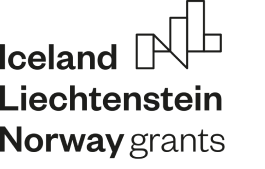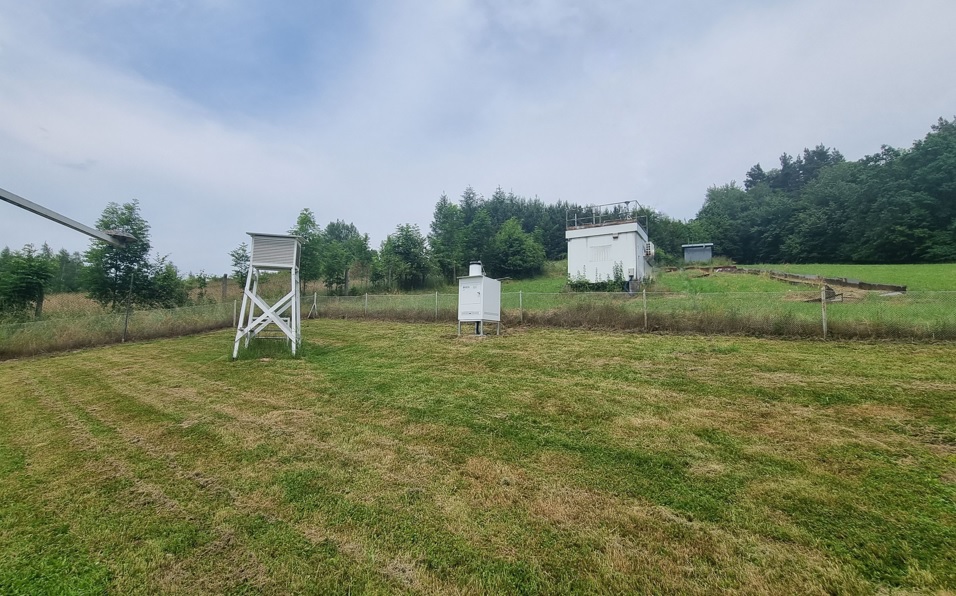Its aim is to determine the distribution of pollutant loads entering the ground with wet precipitation, spatially and temporally, on a national scale. Information on loads of acidifying compounds, biogenic compounds and heavy metals deposited from the air on forest areas, soils and surface waters can be used while developing and assessing the effectiveness of air pollution protection programs, as well as while developing fertiliser balances for water and forest management.
With the above studies, it is possible to verify at the country level the results of deposition on a European scale, performed as part of EMEP by the European Modelling Centre, taking into account the requirements regarding the reduction of emissions of acidifying pollutants, contained in the Directive on the reduction of national emissions of certain atmospheric pollutants (2016/2284/EU). Interpreting the deposition results in conjunction with the circulation types makes it possible to estimate the contribution of the impact of pollution sources from outside the territory of Poland on deposition and air pollution in the country.
Atmospheric deposition studies have been conducted in Poland since 1999. During this time, the measurement network and measurement methods have undergone only minor modifications. From 2010 to 2023, the network of stations for national monitoring of precipitation chemistry and assessment of pollutant deposition to the ground consisted of 22 measurement stations located at synoptic stations of IMWM-NRI. As part of the project “Strengthening of atmospheric deposition assessment in Poland based on Norwegian experience”, implemented from 2021 to 2024, a concept for modernising and optimising deposition measurements in Poland has been developed. The new atmospheric deposition measurement network, in operation since January 2024, consists of 19 modern measurement sites, representing the whole of Poland, including:
- 4 stations carrying out precipitation chemistry measurements for EMEP on a daily and monthly basis, depending on the parameter measured;
- 15 stations carrying out measurements in monthly samples only.
In precipitation samples, collected at 15 precipitation chemistry stations (samples analysed monthly), concentrations of the following will be analysed:
- anions: SO42-, NO3–, Cl–;
- cations: NH4+, Na+, Ca2+, Mg2+, K+;
- total nitrogen and total phosphorus
and pH and electrolytic conductivity will be measured.
At the same time, concentrations of heavy metals (Zn, Cu, Pb, Cd, As, Cr) will be analysed at 14 of the 15 stations examining precipitation only monthly.
Additionally, at 2 selected stations in 2024 analyses of the following will be performed: Ni, Hg, PAHs, Hexachlorobenzene, α, β, γ – Hexachlorocyclohexane.
The monitoring system operates on the basis of automatic stationary collectors for measuring wet deposition. The research involves collecting precipitation samples and analysing them on a monthly or daily basis, depending on the station type.
A detailed research program for individual years is set out in the Executive Environmental Monitoring Programs.
Moreover, measurement data from some 162 precipitation stations of the IMWM-NRI are used to determine the spatial distribution of pollutant loads deposited with precipitation.
Strengthening of atmospheric deposition assessment in Poland based on Norwegian experience
The scope of the project entitled “Strengthening of atmospheric deposition assessment in Poland based on Norwegian experience” also included the development of a concept for implementation the quality assurance/quality control (QA/QC) system for deposition measurements. As part of the concept, procedures have been developed, including methodologies for sampling and receiving samples at the laboratory, methodologies for taking measurements, as well as validation methodologies. The QA/QC system aims to provide quality supervision over atmospheric deposition measurements in Poland.
The project also provided for the development of guidelines for performing atmospheric deposition assessments. The guidelines will be the basis for carrying out atmospheric deposition assessments in subsequent years using the new assessment methods proposed in the guidelines and will enable trends and changes to be tracked over many years.




